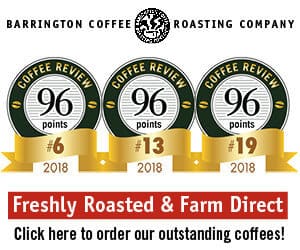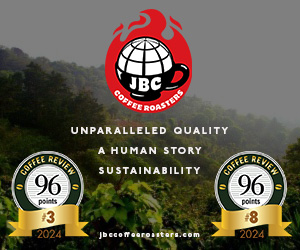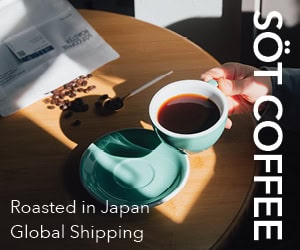When delivered to the roaster in burlap sacks, the coffee bean ranges in color from light brown to whitish green to a lovely bluish, emerald green. The beans are always stored in their raw, or green, state. Roasted whole beans begin to deteriorate in flavor within days after roasting, and ground coffee may taste stale within an hour of grinding, whereas green coffee, stored in cool, dry, well-ventilated conditions, remains stable for years.
The exact nature of the equipment used to roast coffee depends on the ambitions of the roaster. Most large commercial roasters resemble a gigantic screw rotating inside a drum. The screw works the coffee down the drum; by the time the coffee reaches the end of the drum, it is roasted and ready to be cooled by air or water. The temperature is controlled automatically, and the roaster includes equipment that monitors both the air temperature and the temperature inside the moving mass of beans to monitor their progress. Such roasters are called continuous roasters for obvious reasons and are inappropriate for specialty coffee roasting because they cost too much, roast too much coffee at a time, and cannot be easily stopped to reload with new and different kinds of coffee.
The average specialty roaster uses a batch roaster, which simply means any machine which roasts a batch of coffee at a time rather than the same coffee for most of the day. The most common design of batch roaster consists of a rotating drum above a heat source, usually a gas flame. Operating like a Laundromat clothes drier, the rotating drum tumbles the beans, ensuring an even roast, while convection currents of heated air move through the drum. Drum roasters may be as large as five or six feet in diameter, or as small as a small waste can set on its side.
In all cases, the goal of the technology is to offer the operator maximum control over the process, and to keep the beans from touching hot metal for anything longer than a split second at a time to prevent scorching or uneven roasting. Proponents of the various styles of batch roaster all make cogent arguments in favor of their favored system and in mild deprecation of rival approaches, but to my knowledge no conclusive comparative tests have ever been conducted to validate any of these claims and counterclaims. In my observation and experience, all batch roasting apparatus, including the oldest and crankiest, can produce outstanding coffee if used with care and knowledge.










